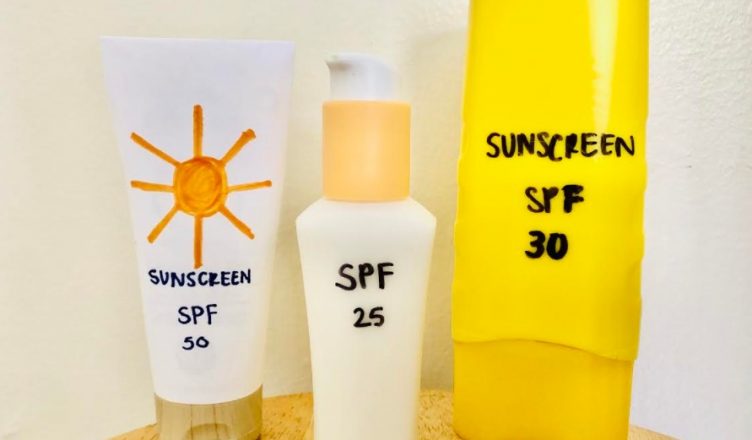By Nikki T. Blue Ocean Society Volunteer
With this recent summer heat, it’s important to layer on that sunscreen to protect ourselves from the sun’s harmful rays, but it’s also important to take the ocean’s health into consideration as well!
As some of you may know, there are certain chemicals in popular sunscreens that affect coral reefs, the most common being oxybenzone, octocrylene, and octinoxate. These chemicals accumulate in corals’ tissues and disrupt their growth and reproduction, eventually leading to bleaching events and even death. What many people don’t know is that these chemicals are also concentrating in marine mammals as well through a process known as biomagnification. Biomagnification is a process in which toxin concentrations increase in organisms higher up on the food chain due to the ingestion of other organisms.
A 2013 study examined the presence of octocrylene in the livers of Franciscana dolphins in six different study sites in Brazil. The dolphins collected were found stranded at beaches or accidentally caught in fishing nets along the Brazilian coast from 1994 to 2009. According to the study, high concentrations of octocrylene were found in 21 out of the 56 dolphin livers analyzed. This study provides evidence that this chemical biomagnifies through the marine food web and may also be transferred to calves through the mothers’ milk. The study also examined the octocrylene concentrations in relation other growth and development factors within the dolphins, but no correlations were found at the time; thus, the effects of this accumulation within marine mammals through biomagnification are unknown.
So, what can we, as consumers, do? Firstly, we need to make sure our sunscreen is safe for all the ocean’s organisms. Just because a sunscreen calls itself “reef safe” doesn’t necessary mean it is. We need to be more careful about reading and identifying the ingredients in sunscreens. What ingredients should we avoid? According to NOAA, these are some of the ingredients that can harm marine life: Oxybenzone, Benzophenone-1, Benzophenone-8 (dioxybenzone), OD-PABA, 4-Methylbenzylidene camphor, 3-Benzylidene camphor, nano-Titanium dioxide, nano-Zinc oxide. Of course, these are just some of the ingredients. ALWAYS make sure to do your research before purchasing a sunscreen and be sure to look extensively at the ingredient list.
How can we tie this into reducing marine debris when most sunscreens come in plastic bottles? Some companies actually use ecofriendly packaging and bottles. These bottles can be made from sugarcane resins, recycled drink jugs, and more! You might even be able to find a zero-waste store near you. These stores allow you to bring in your own glass jars for refills. As stated above, do your research into sunscreen companies before purchasing. As advocates for the ocean, we want to make sure we’re not only using the least harmful ingredients, but also creating the least amount of waste!
Sources:
- https://pubs.acs.org/doi/pdf/10.1021/es400675y
- https://oceanservice.noaa.gov/news/sunscreen-corals.html#:~:text=In%20a%202016%20study%2C%20a,against%20the%20sun’s%20harmful%20effects.
- https://www.nationalgeographic.com/travel/features/sunscreen-destroying-coral-reefs-alternatives-travel-spd/#close
- https://www.nature.com/news/2008/080129/full/news.2008.537.html






